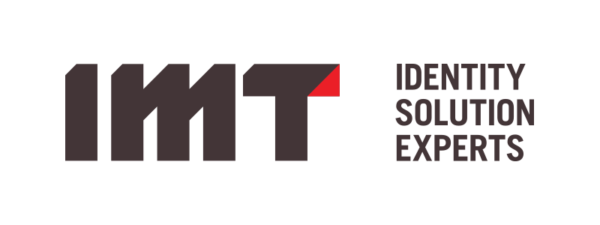This new decade is full of big initiatives, which is probably why our first 2020 webcast drew lots of engaged participants. (You can watch the recording here.) We discussed the coming healthcare transformation and how IMT’s EMPI, Master:ID™ is assisting healthcare organizations as they strive to reach their strategic and operational priorities.
During our December user event, IMT clients addressed four key industry drivers and shared how they use their EMPIs to deliver tangible value. Our webinar guest speaker, Lorraine Fernandes, RHIA, President of IFHIMA, expanded that conversation, exploring these drivers and their implications.
-
Interoperability and Population Health
Achieving interoperability to advance population health is not easy, with myriad data sources and a lack of standards or uniform formats. The risk models and incentives for better health vary almost as much as the data and change constantly.
For some institutions, this creates an interoperability nightmare; however, IMT clients are conquering the challenge. For example, one client is using the IMT Master:ID EMPI to link, integrate, and export patient/consumer data to the population health platform. The result? A phenomenal 3.9% increase in revenue and a 30% reduction in 30-day readmissions for enrolled MSSP patients!
-
Patient/Consumer Engagement
Consumer engagement takes many forms, including patient portals, digital front doors, and consumer self-service tools. No matter the path, organizations must consistently and accurately identify the consumer while associating individual and perhaps family data.
An EMPI can achieve this, with or without integrating specialized identity services. Doing so controls risks such as data breaches or presenting the wrong or incomplete information to a patient. A unique, consistent identity also empowers organizations to produce a single bill for an entire episode of care (including contracted services), as one IMT client is doing very successfully.
The highest “cost” of not focusing on accurate identification is the loss of patient trust — but we cannot overlook the very real costs of failing to comply with state/provincial and national standards.
-
The “Single Vendor” Myth
Headlines are full of announcements that organizations have moved to a “single vendor” platform. But numerous sources cite that the average healthcare organization is still wrestling with 17 or 18 disparate systems.
While these vendors may have good EHR systems, their core competencies are not mastering consumer, patient, or provider identities to serve strategic and transformational priorities.
That’s why IMT clients are using Master:ID in their “single vendor” environment to immediately identify data issues, compare data over years of episodes (not just the last 2-5), and support high-volume data prevalent after mergers and acquisitions.
Gone are the days when a “good enough” patient matching product was acceptable — not that it ever was!
-
Analytics
Analytics can only be trusted as far as the data itself can be trusted. An EMPI provides a trusted view that allows organizations to integrate all the relevant clinical and operational data critical to analytics — not to mention artificial intelligence and predictive modeling.
IMT released Insight:ID™ to aid clients in exporting foundational data on a real-time basis. Insight:ID overcomes the shortcoming of traditional EMPI/MDM without impacting the production database and includes a reporting framework that supports visualization, filtering, and other integration functions. Insight:ID also easily integrates with third-party analytics tools that open up numerous possibilities.
Towards a Connected Health System
Lorraine reviewed the ONC Strategic Plan Framework 2020-2025, emphasizing Dr. Donald Rucker’s comments that patients are true consumers and a fully connected health system benefits the entire health ecosystem. On the Canadian side, she examined initiatives including Infoway’s recent contract with Simeio and the federal government award to create a nationwide health data platform for artificial intelligence. The Canadian government also announced small business awards to spur health and bioscience innovation. EMPIs will advance many of these initiatives.
Understanding the patient/consumer and linking their data across the healthcare ecosystem is vital to achieving the Quadruple Aim of improving population health, reducing costs, improving the patient/consumer experience, and creating a positive provider workflow. Watch the webinar recording to learn how IMT clients are advancing these goals and learn how you can prepare for your next initiatives.





